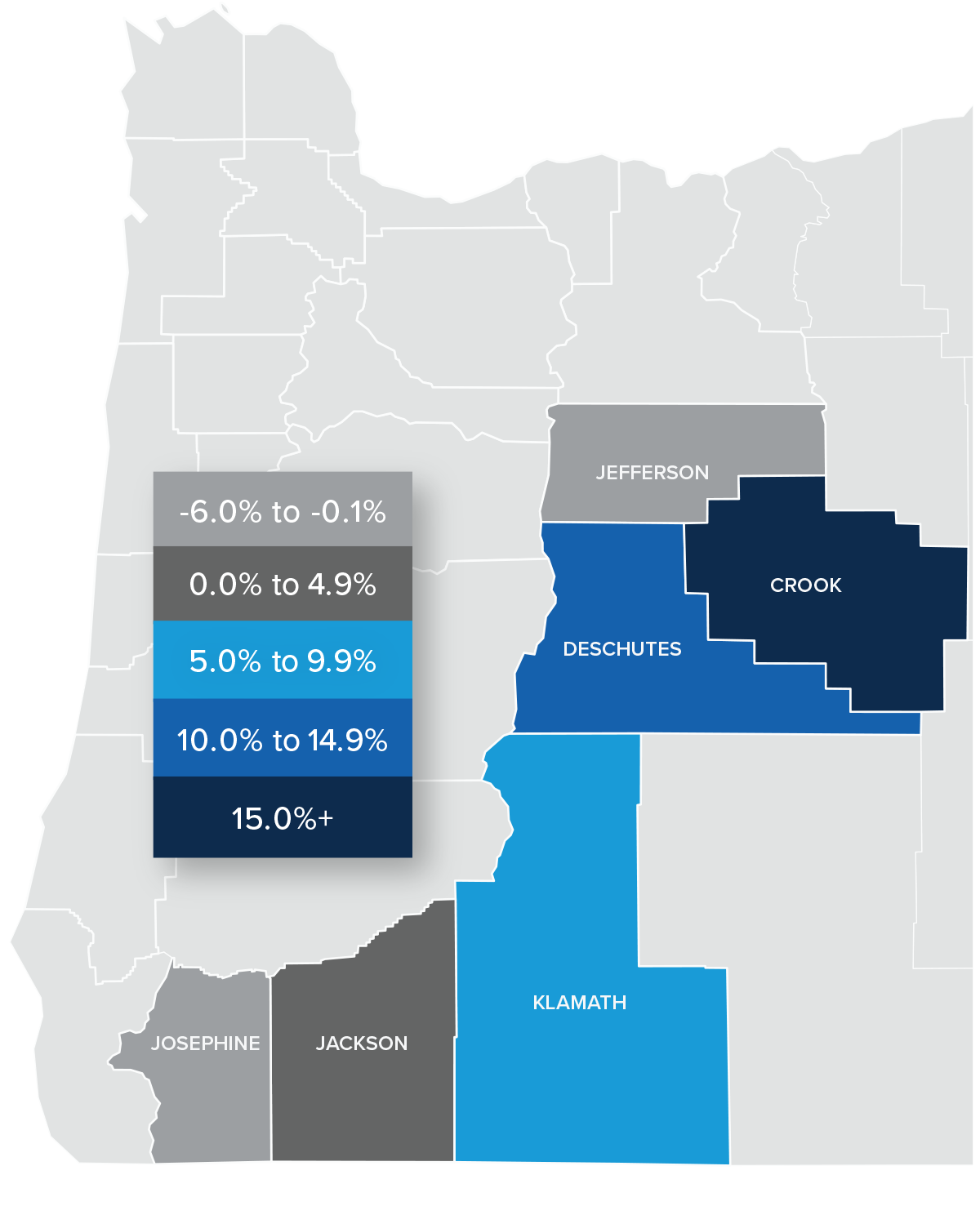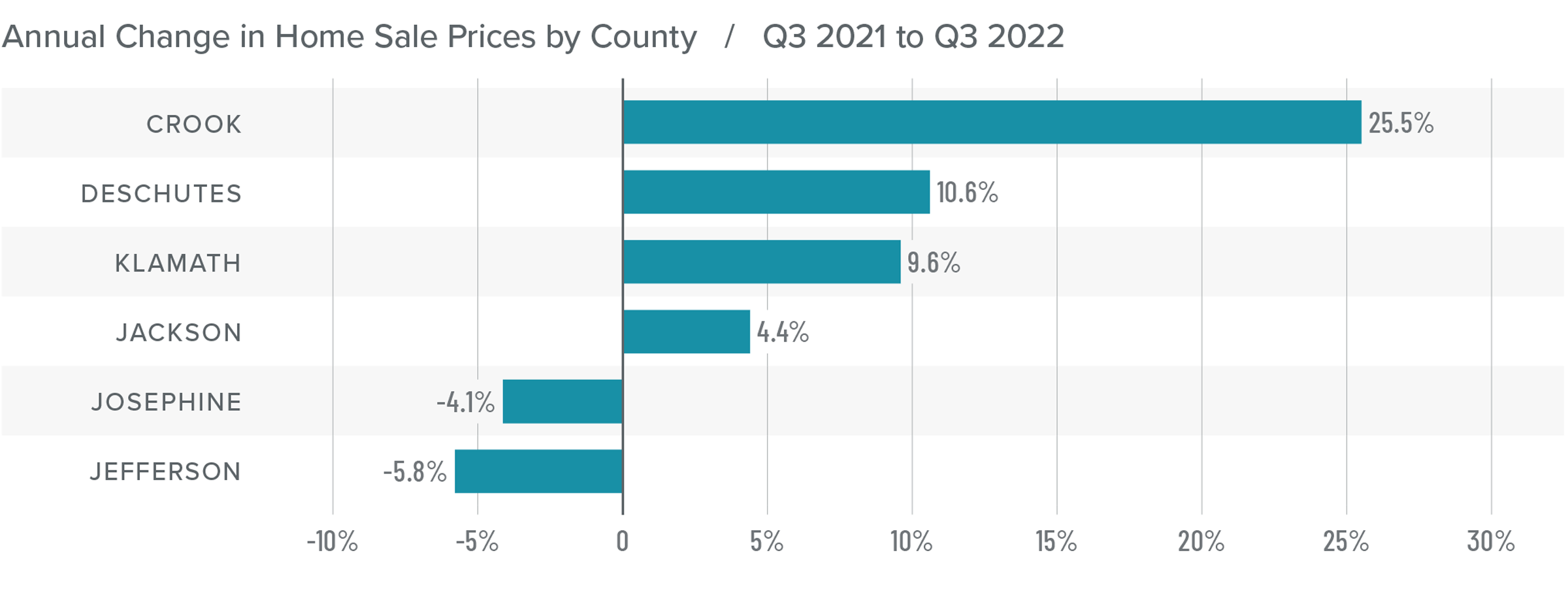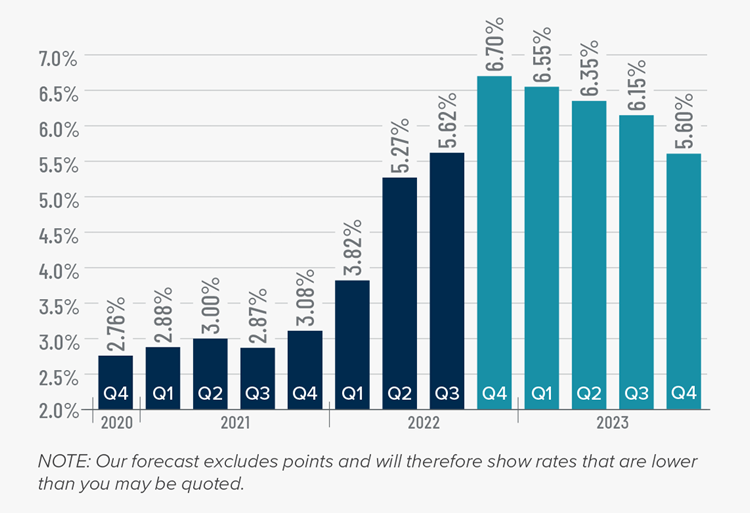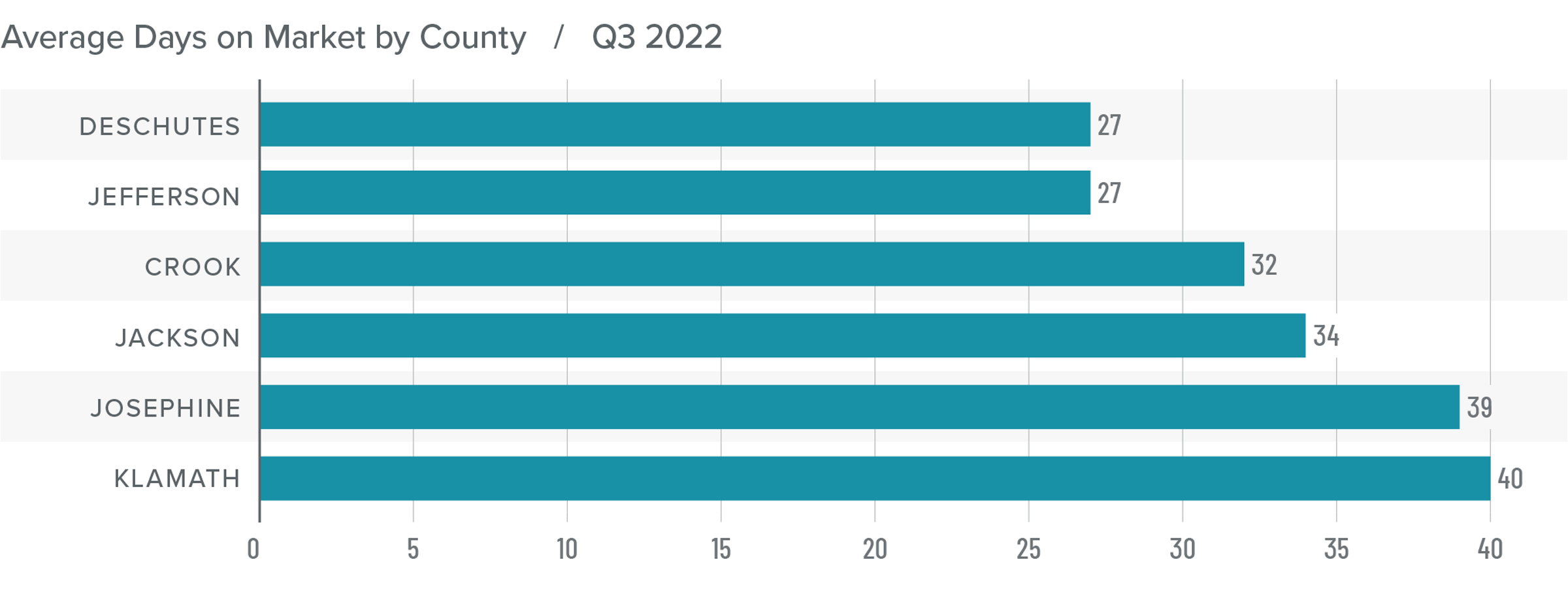The following analysis of select counties of the Central and Southern Oregon real estate market is provided by Windermere Real Estate Chief Economist Matthew Gardner. We hope that this information may assist you with making better-informed real estate decisions. For further information about the housing market in your area, please don’t hesitate to contact your Windermere Real Estate agent.
Regional Economic Overview
The Central and Southern Oregon counties covered by this report continue to see jobs return. The region is only 1,130 jobs shy of pre-pandemic peak employment. The Medford metropolitan statistical area (MSA) is still lagging, with employment levels 2,530 shy of the peak in January 2020. The other markets that have yet to see a full job recovery are Klamath County (-200 jobs) and Josephine County (-40 jobs). The area’s unemployment rate was 4.1%, down from 5.3% a year ago and .1% above the pre-pandemic low. By area, the lowest jobless rate was in Bend (3.6%) and the highest was in Klamath County, where 5.3% of the labor force is still without a job.
Central and Southern Oregon Home Sales
❱ In the third quarter of 2022, 2,436 homes sold, which was a drop of 26.3% from the same period a year ago. Sales were .5% higher than in the second quarter of the year.
❱ Compared to the second quarter of this year, sales fell in Crook, Jackson, and Josephine counties, but rose in the balance of the market areas covered by this report.
❱ Home sales fell in all counties compared to a year ago, with significant declines in the Medford and Bend markets.
❱ The growth in sales from the second quarter, while very small, was pleasing. The region is going through a transition, due in no small part to significantly higher financing costs, but I expect to see more stability come into play as mortgage rates start to even out.

Central and Southern Oregon Home Prices
❱ The average home sale price in the region rose 4.8% year over year to $608,654. Prices were up .9% compared to the second quarter of 2022.
❱ Compared to the second quarter of 2022, average prices rose in all counties other than Jackson, where prices dropped 1%.
❱ Four out of the six counties contained in this report saw sale prices rise year over year. The two counties where prices dropped only experienced a modest decline.
❱ Home prices don’t appear to have been significantly impacted by rising mortgage rates yet. Median list prices in the area rose in all counties other than Crook and Josephine, suggesting that home sellers are generally still confident.


Mortgage Rates
This remains an uncertain period for mortgage rates. When the Federal Reserve slowed bond purchases in 2013, investors were accused of having a “taper tantrum,” and we are seeing a similar reaction today. The Fed appears to be content to watch the housing market go through a period of pain as they throw all their tools at reducing inflation.
As a result, mortgage rates are out of sync with treasury yields, which not only continues to push rates much higher, but also creates violent swings in both directions. My current forecast calls for rates to peak in the fourth quarter of this year before starting to slowly pull back. That said, they will remain in the 6% range until the end of 2023.

Central and Southern Oregon Days on Market
❱ The average time it took to sell a home in the region rose 12 days compared to a year ago. It took 5 more days for a home to go under contract than it did in the second quarter of the year.
❱ The average time it took to sell a home in the third quarter of 2022 was 33 days.
❱ All counties saw market time rise compared to a year ago. Crook and Jefferson counties saw market time fall compared to the second quarter of this year.
❱ Although rising, the time it took a home to sell in the third quarter remains well below the pre-pandemic average.

Conclusions
This speedometer reflects the state of the region’s real estate market using housing inventory, price gains, home sales, interest rates, and larger economic factors.
The labor market in Central and Southern Oregon continues to improve, but the housing market is starting to experience a period of uncertainty. I mentioned in the second quarter Gardner Report that buyers and sellers may believe the market is underperforming, but this isn’t actually the case. What we are seeing is a pullback from the overstimulated market of 2020 and 2021. The primary reason for this reversion is that mortgage rates have jumped from the all-time lows that were seen during that period.

Homeowners may feel frustrated by this slowing of activity and may also be worried that prices will decline. Though some markets may experience a very modest drop in sale prices, homeowners have seen their property values leap since the pandemic started, and an average of 56% of owners with a mortgage in Central and Southern Oregon are sitting on at least 50% equity. The region will continue to shift back toward equilibrium. As such, I moved the needle closer to signifying a more balanced market than we have seen in over a decade.
About Matthew Gardner

As Chief Economist for Windermere Real Estate, Matthew Gardner is responsible for analyzing and interpreting economic data and its impact on the real estate market on both a local and national level. Matthew has over 30 years of professional experience both in the U.S. and U.K.
In addition to his day-to-day responsibilities, Matthew sits on the Washington State Governors Council of Economic Advisors; chairs the Board of Trustees at the Washington Center for Real Estate Research at the University of Washington; and is an Advisory Board Member at the Runstad Center for Real Estate Studies at the University of Washington where he also lectures in real estate economics.
 Facebook
Facebook
 X
X
 Pinterest
Pinterest
 Copy Link
Copy Link



